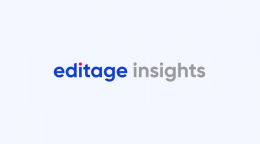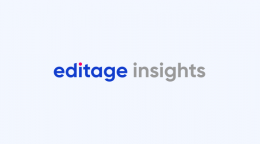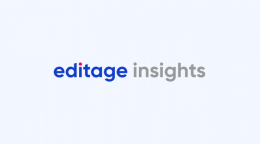Transcending borders: Maintaining a multilingual scientific landscape (Part 2)

How does one navigate International collaborations in academia? Here is the second part of a 2-part series on overcoming geographical and language challenges in research collaboration. Read Part 1 of the series here.
Across 195 countries, humans use more than seven thousand known living languages today. Even with such a vast diversity, when you consider all the scientific publications, English certainly lights up as the lingua franca in the world of science. While there are scientific publications in other languages, including Chinese, French, and German, they are pretty rare compared to the ones in English. This linguistic hierarchy poses formidable challenges for scientists whose first language is not English. They not only face issues writing a manuscript, but their work is also often reviewed with prejudice. As most journals follow a single-anonymized approach in peer review, where the reviewers know who the authors are, but the authors don’t get to know their reviewers, this impacts non-English speaking authors disproportionately. Bias also creeps in during editorial evaluations, where correct grammar holds undue sway over the merit of scientific contributions.
A major overhaul of the current peer review process may help to increase diversity, equity, and inclusion in science, but it has its challenges. The current process of single-anonymized peer review in most journals increases bias towards English-speaking countries (especially in the global North). A double-anonymized peer review process can significantly help the cause only if it is mandatory and not optional, as mentioned in an article in the Functional Ecology journal. The optional process does not work because people from English-speaking countries will most likely never choose the option and, in turn, help identify double-anonymized manuscripts as the ones from countries where English is not the primary language.
Although such issues cannot be corrected in one go, international collaborations can help address them.
Conclusion
Researchers must embrace tools that transcend language and geographical barriers in a world striving for inclusivity. By understanding the importance of international collaborations, recognizing communication challenges, and leveraging the right tools, researchers can pave the way for groundbreaking scientific contributions. Finally, we should also be aware that other languages, such as German and Russian, also drove the scientific community in the past. While no one knows if someday another language may replace English as the most used language for research communication, it’s beneficial to maintain transparency and promote diversity and equity across the community.
Comments
You're looking to give wings to your academic career and publication journey. We like that!
Why don't we give you complete access! Create a free account and get unlimited access to all resources & a vibrant researcher community.

Subscribe to Manuscript Writing
Translate your research into a publication-worthy manuscript by understanding the nuances of academic writing. Subscribe and get curated reads that will help you write an excellent manuscript.










